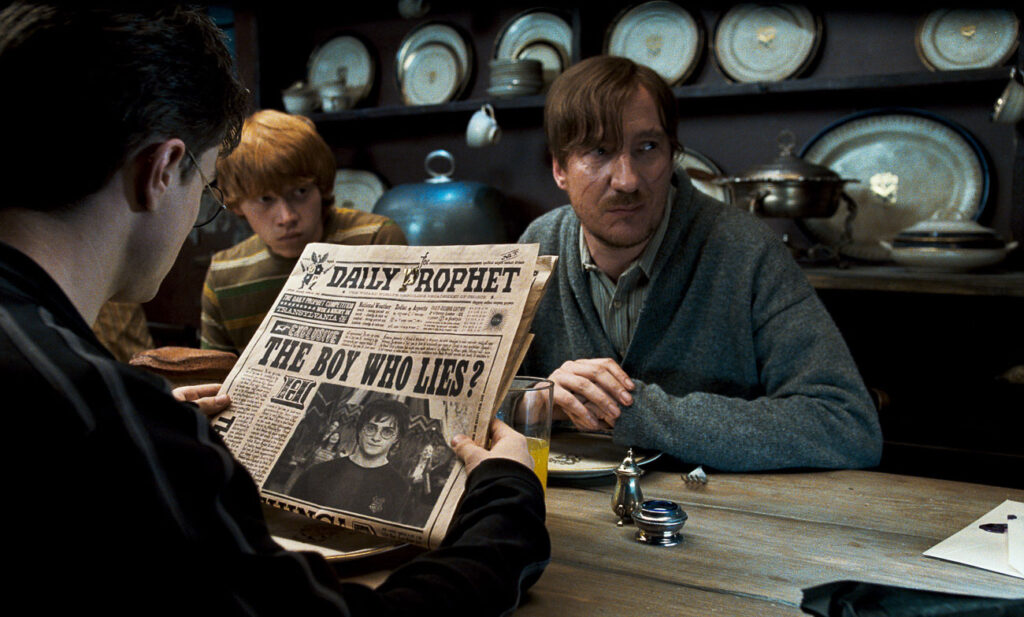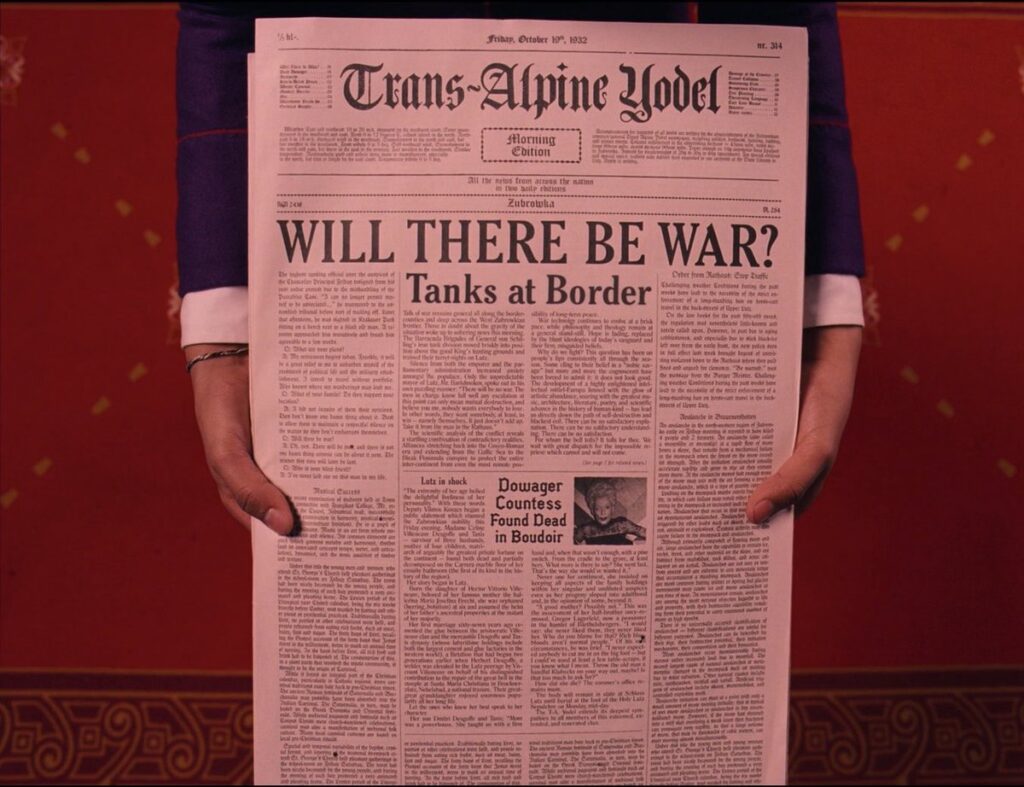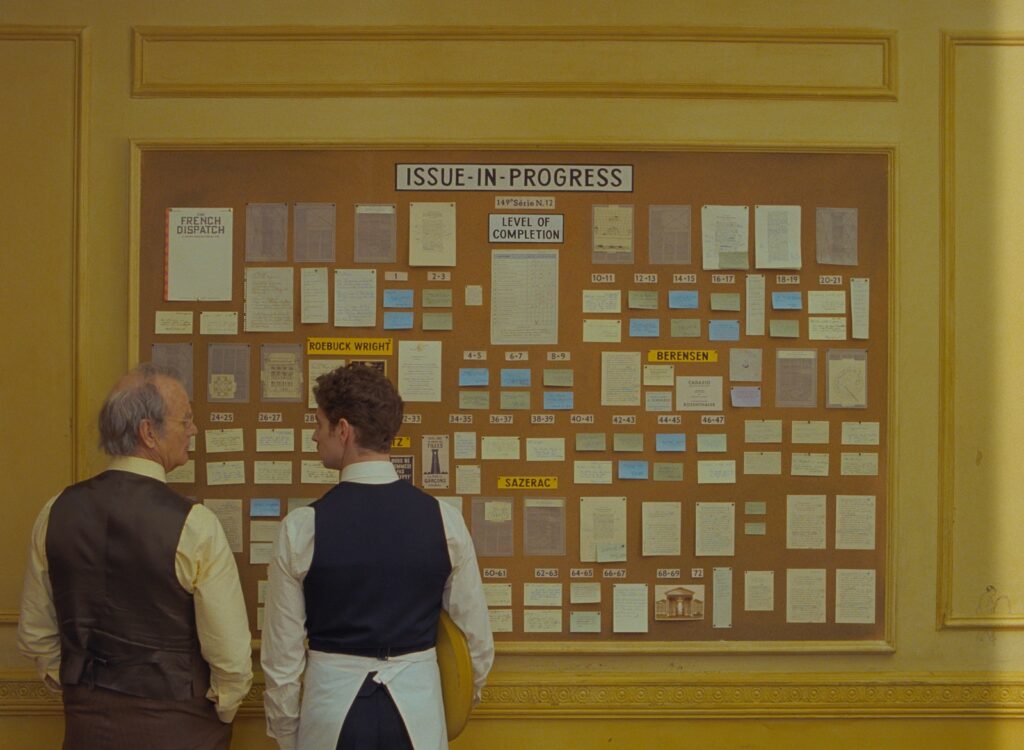
“In a brief statement Friday night, Minister for Magic Cornelius Fudge confirmed that He-Who-Must-Not-Be Named has returned to this country and is active once more. “It is with great regret that I must confirm that the wizard styling himself Lord – well, you know who I mean – is alive and among us again,” said Fudge, looking tired and flustered as he addressed reporters.
Here is the beginning of an article in the Daily Prophet, pulled from the opening chapters of J.K. Rowling’s Harry Potter: The Half Blood Prince. The Harry Potter books, incredible on so many levels, also happen to be a master class on how to tie in media from a fictional world to help build out connection and context for the reader. The use of articles like this one throughout the Harry Potter series do not only give the world that J.K. Rowling created an immense sense of realism and weight, but they also serve as an effective and palatable form of exposition.
There are always going to be pieces of world that need to be explained to the reader. This is done through exposition. It is often long and tedious. The corn husk you have to peel away before you get to the real fruit of the story. One way to do it smoothly is to introduce a character or a protagonist who is completely new to the world. She needs everything explained, and in explaining to her, the other characters in the story also explain to us the readers. Harry Potter, of course, is a perfect example of this. But also think Percy in the Percy Jackson series, Buzz in Toy Story or Elliot Page’s character in Inception – the talented new architect.
This introduction of information through the use a media that the characters themselves would experience in the world we are reading about (or watching) offers a seamless and engaging way of delivering information. Radio, newspapers, social media, TV, etc.

The most recent example I’ve found is in Disney’s new Falcon and Winter Soldier TV mini series on Disney+ (I really enjoyed it). At the beginning of one episode, before anything else, they show a TV commercial that we understand exists in the world we are watching. We don’t see the commercial over the shoulder or through the eyes of one of our characters. We simply see the commercial full screen, then it cuts to the opening credits. The specific commercial is never mentioned in the story or by the characters, it simply serves as a more entertaining way of giving important context and expositional information than having two people explain to each other while walking through a hallway (no hate at The West Wing, I love the walk-and-talk). It worked perfectly in the show.
Wes Anderson gives us menus and newspapers. J.K. Rowling gives a radio network and a gossip column. And now, Marvel has given us a slew of fictional TV commercials.
Deepen your worldbuilding and cut your exposition time in half. Give context via the media your characters would actually experience within your world. Explain it with an article, not just a monologue from your mind. I’m the official sales rep for the fictional news outlet.
